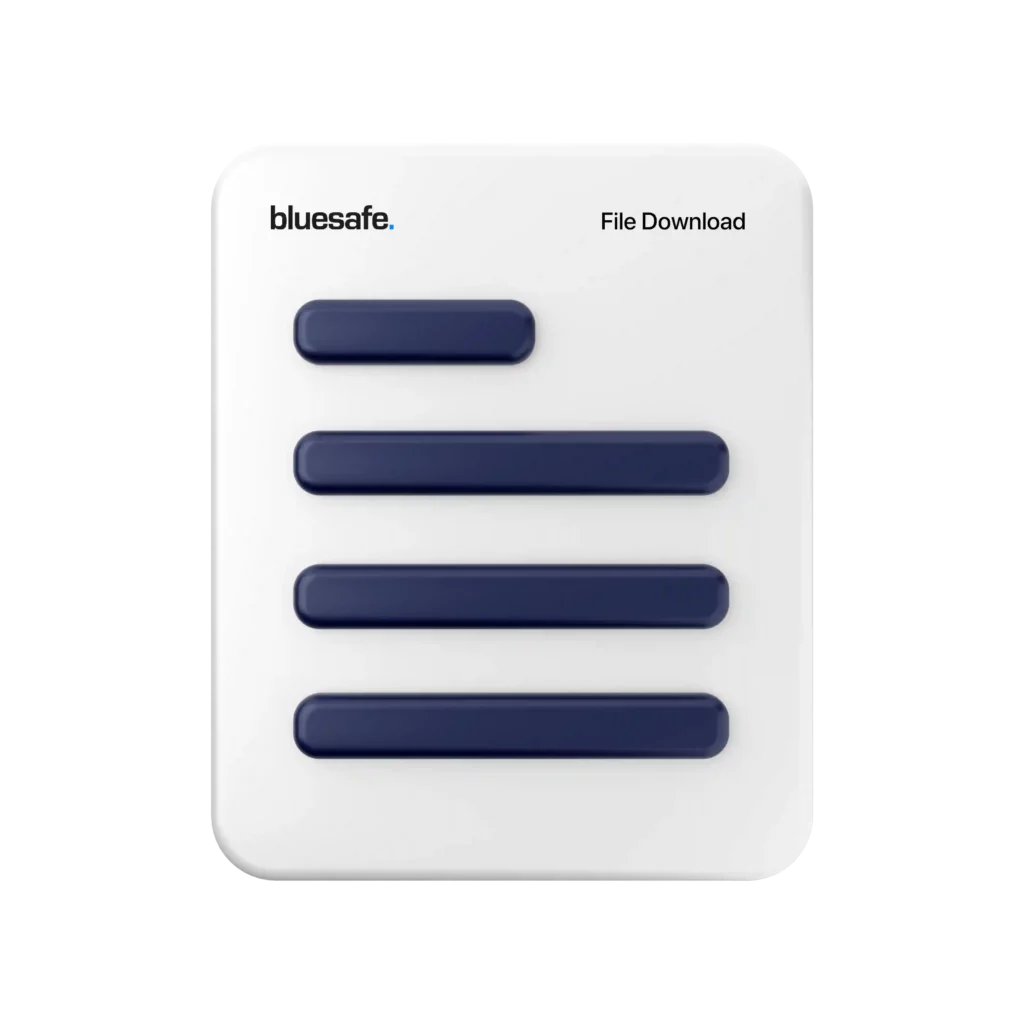First things first, what exactly is a SWMS? It’s a document that outlines the high-risk activities that will be performed on a worksite, as well as the control measures that will be put in place to prevent accidents and injuries. This document is created before work begins and is designed to ensure that everyone on the worksite is aware of the hazards and safety procedures in place.
Now, let’s talk about some of the accidents and injuries that can be avoided with SWMS. One of the most common types of workplace injuries is falls, which can happen when workers are working at heights or on uneven surfaces. With a SWMS in place, workers are trained on the proper use of safety harnesses, ladders, and other safety equipment. Additionally, the SWMS outlines the safety measures that will be put in place to prevent falls, such as scaffolding, safety rails, and barriers.
Another type of injury that can be avoided with SWMS is manual handling injuries. These injuries occur when workers lift, carry, push, or pull heavy loads. With a SWMS, workers are trained on the proper lifting techniques, as well as the use of equipment such as forklifts, cranes, and dollies. The SWMS also outlines the weight limits for each task and the measures that will be put in place to prevent injuries, such as providing lifting aids and training on team lifting techniques.
Electrical injuries are also a common workplace hazard that can be prevented with SWMS. These injuries occur when workers come into contact with live wires, faulty equipment, or improperly grounded electrical systems. With a SWMS, workers are trained on the proper use of electrical equipment, as well as the safety procedures that will be put in place to prevent electrical injuries, such as wearing proper protective gear and ensuring that equipment is properly grounded.
Another type of injury that can be prevented with SWMS is burns. Burns can occur from contact with hot surfaces, chemicals, or fires. With a SWMS, workers are trained on the proper use of personal protective equipment such as gloves and goggles, as well as the safety measures that will be put in place to prevent burns, such as proper storage of chemicals and the use of fire-retardant materials.
Finally, SWMS can also prevent injuries from vehicles and equipment. This can include accidents involving cars, trucks, forklifts, and other machinery. With a SWMS in place, workers are trained on the proper use of equipment, as well as the safety measures that will be put in place to prevent accidents, such as proper maintenance of equipment and the use of barriers to prevent collisions.
In conclusion, accidents and injuries in the workplace can be serious and even life-threatening. However, with the proper safety measures, including the use of SWMS, many of these accidents can be prevented. By creating a culture of safety in the workplace, we can all work together to ensure that everyone goes home safely at the end of the day. Thanks for tuning in, this is Gary, and I’ll catch you all in the next one.
Cheers,

![]()






